.jpg?v=1691598138028&transform=resize-max=2000)
LESTRANGE is not a sustainable fashion brand.
We see a world where coexistence with the planet is possible, by doing fewer things, but better.
The fashion industry is over producing.
The output of the industry has more than doubled in the last 20 years to reach over 100 billion units per year1. But whilst the United Nations has set an emissions reduction target of 40-50% by 20302 some reports suggest it’s very likely we’ll not only miss this target but increase our impact.3 We need radical action.
.jpg?v=1691598069720&transform=resize-max=2000)
We don’t need more sustainable clothing, we need more sustainable business models.
Today, “sustainability" in the fashion industry is mostly about making clothing more “sustainable” by using lower-impact materials and manufacturing processes.
But reducing the impact of individual items at the same rate of production, will never do as much to reduce the footprint of the industry as producing a lot less clothing would.
Rather than getting caught in the endless circus of fashion seasons, LESTRANGE sees a world where coexistence with the planet is possible, by doing fewer things, but better.
.jpg?v=1691598070848&transform=resize-max=2000)
We need an industry that is in pursuit of degrowth.
Degrowth is about economies and industries working within planetary boundaries instead of pursuing infinite growth. In order to achieve this, we need to consume less and produce less.
Download our Impact ReportWhat we've achieved so far
A modular wardrobe designed to do more, with less
Our goal is to reduce overconsumption

1.
Designing for versatility & longevity
Good design for us means designing fewer things, but better.
To counter the fact that the average piece of clothing is worn only 10 times before being disposed of 4, we focus on designing clothes that are multipurpose and can be used in numerous settings. Our capsule wardrobe does more, so that you can own less.


2.
Responsible materials
We believe the right materials make all the difference.
91% of materials we use are made from natural fibres that are more likely to be renewable and more likely to biodegrade than synthetic ones. We have minimum standards in place for every fibre we use and are constantly raising the bar when it comes to our sources and certifications.
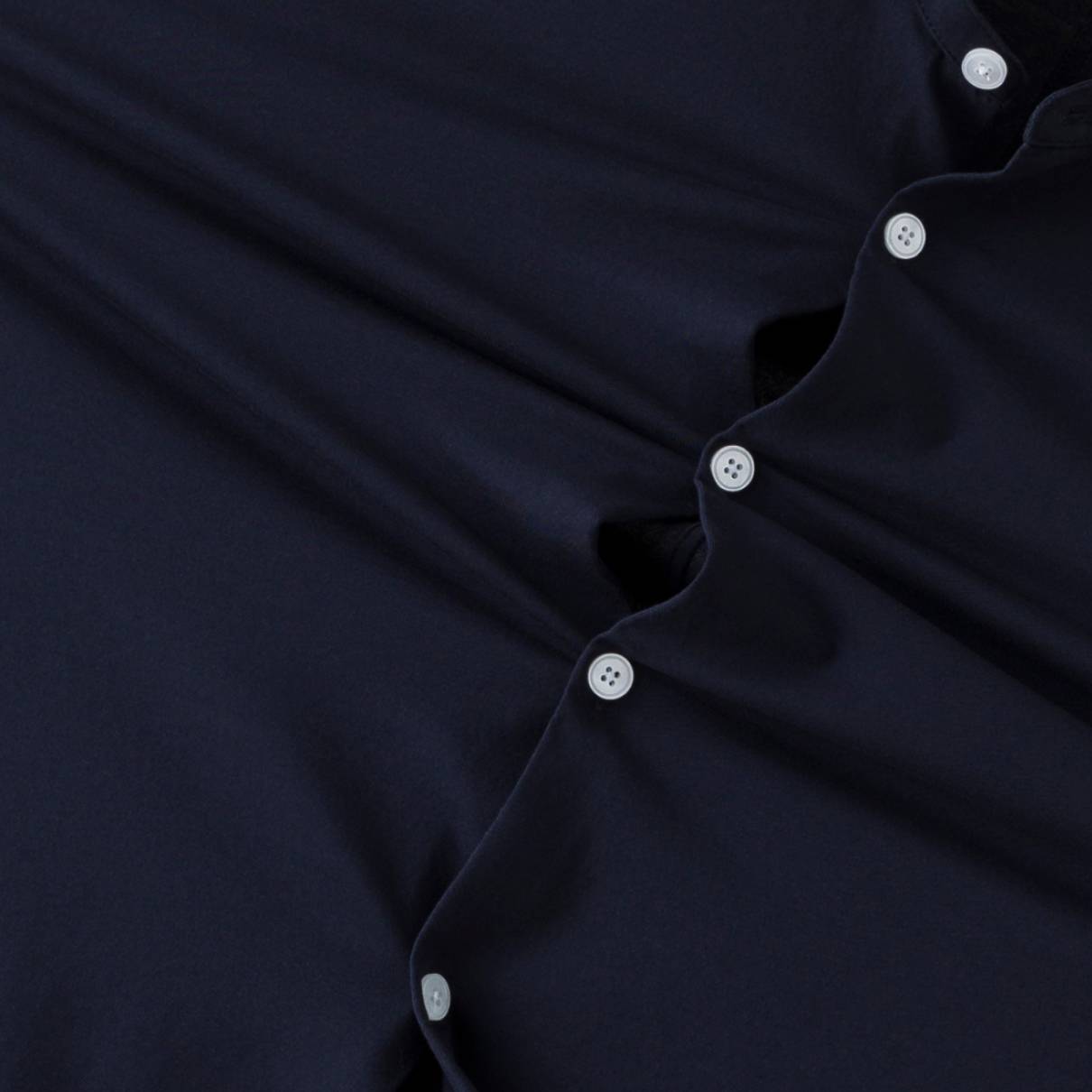
We moved the entire supply chain of our bestselling 24 Trouser to regeneratively farmed cotton.
It's not always easy for a small brand like ours to invest in new supply chain sources, given the typical order minimums, but we committed to purchasing a year's worth of fibre in advance so that we could source our cotton directly from a regenerative farm. Regenerative growing practices aim to enrich the soil and improve biodiversity, giving back to the planet instead of just extracting from it.
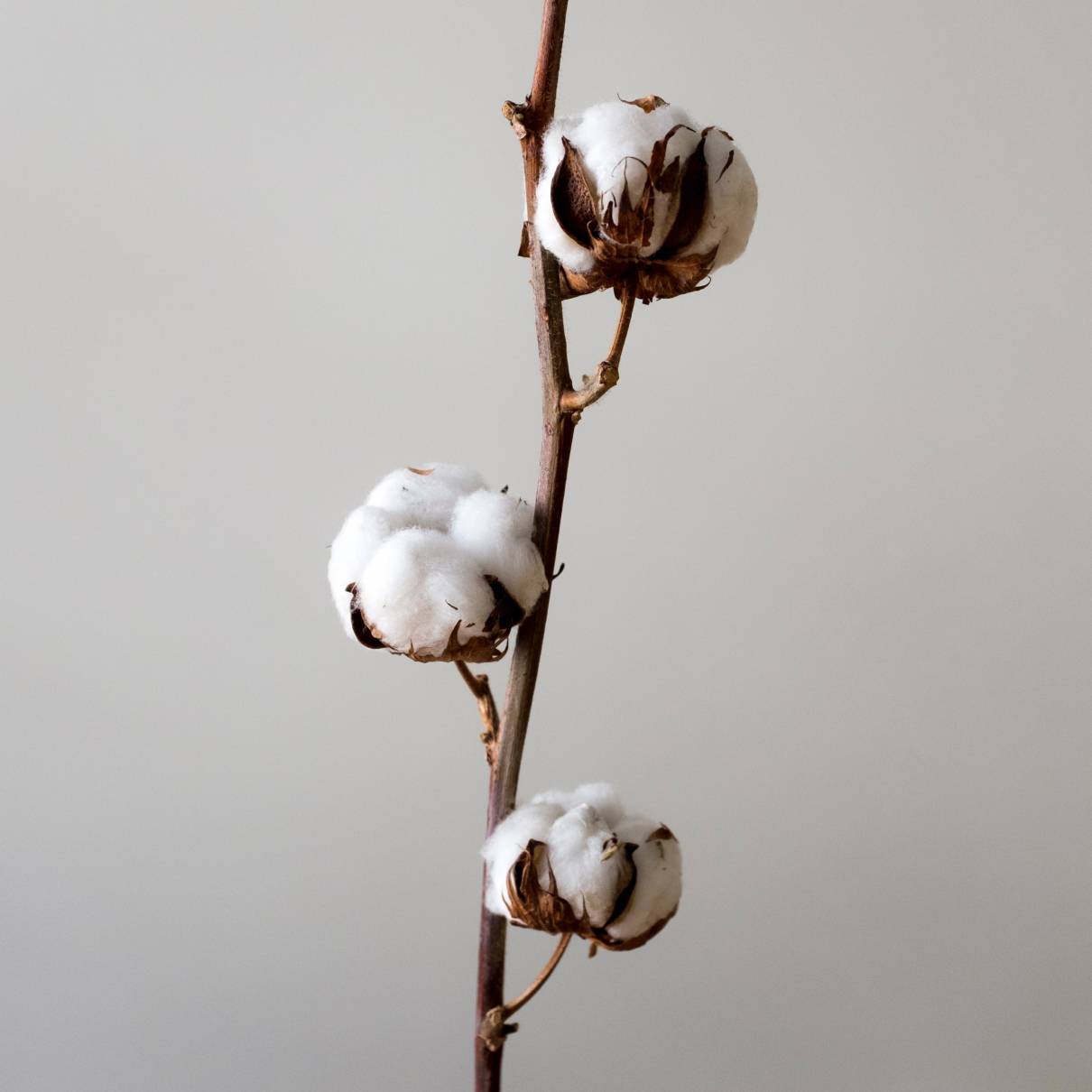
Our materials
We aim to use only organic, regenerative or recycled materials where possible.
Organic Cotton
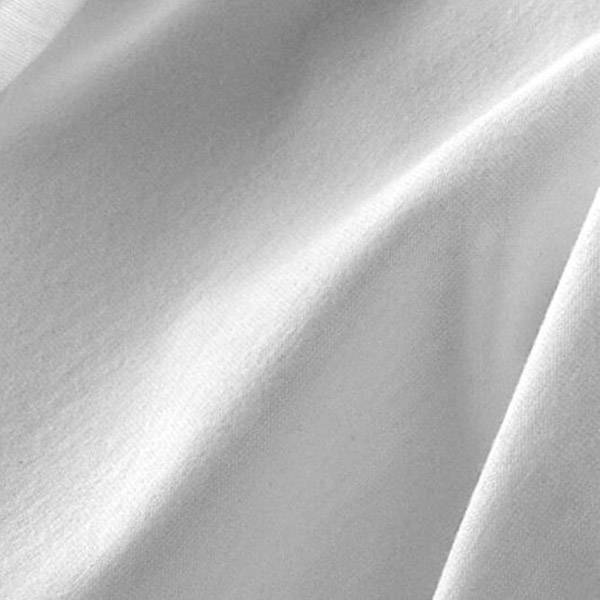
Regenerative Cotton
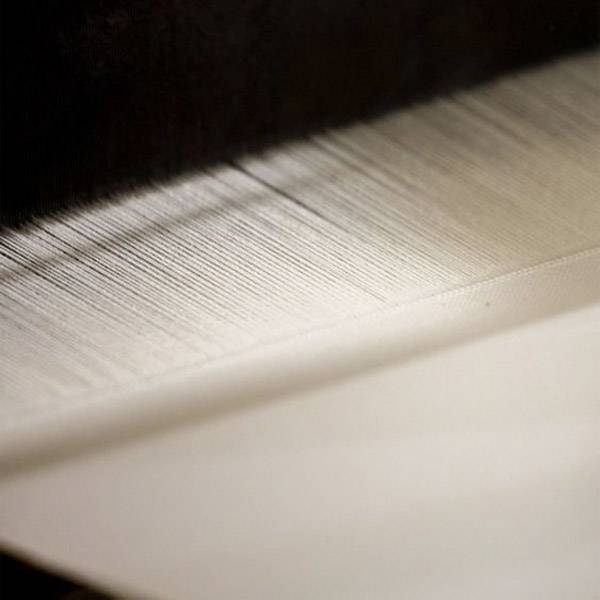
Texloop TM RCOT TM

Recycled Cotton

Linen
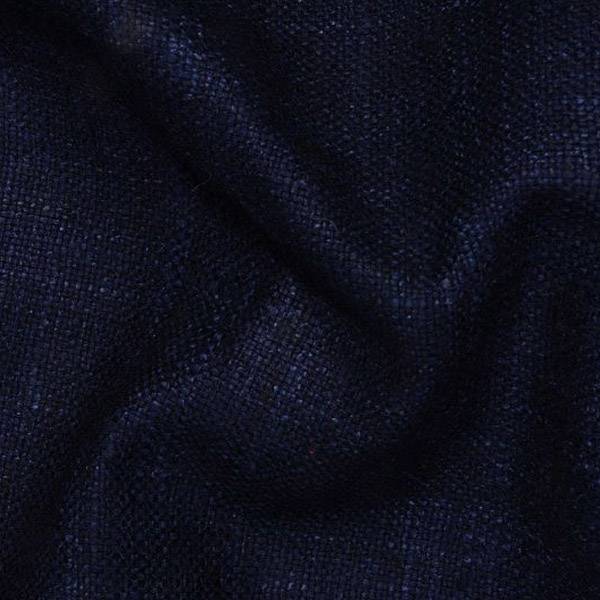
Kapok
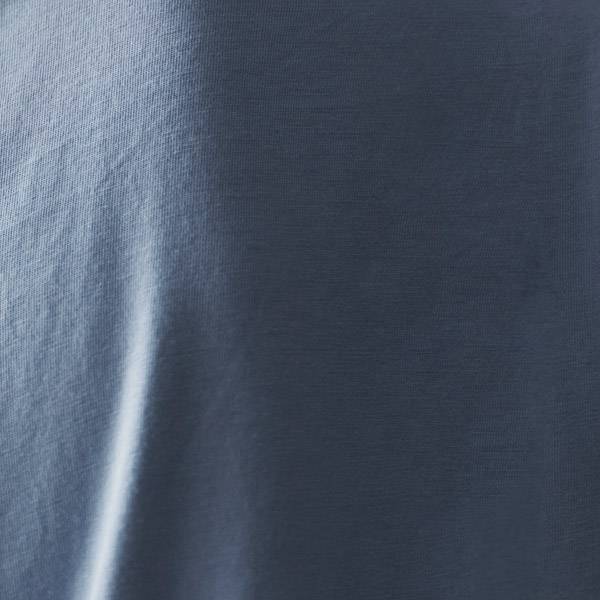
Lenzing TM Tencel TM Lyocell

Merino Wool
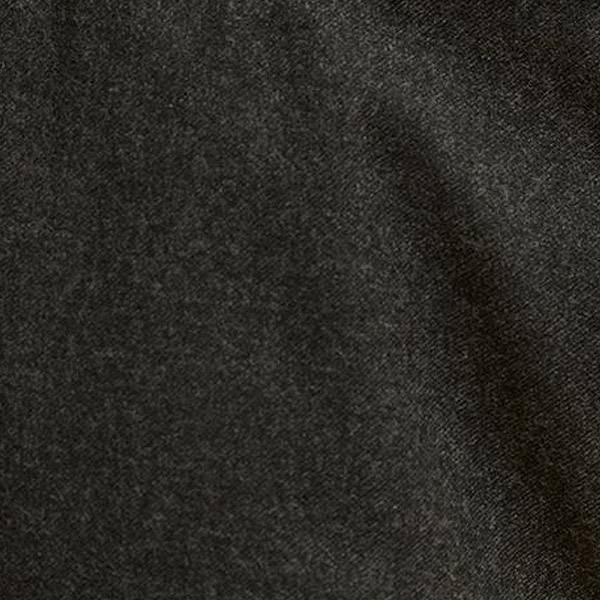
ZQ Merino
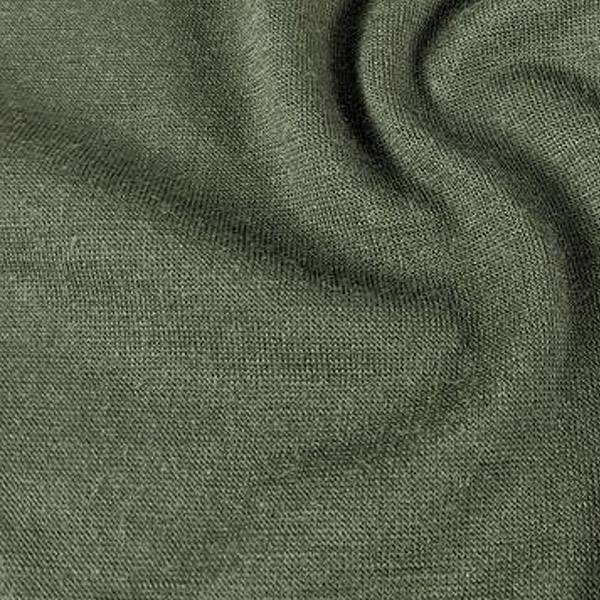
Recycled Polyamide

Recycled Polyester
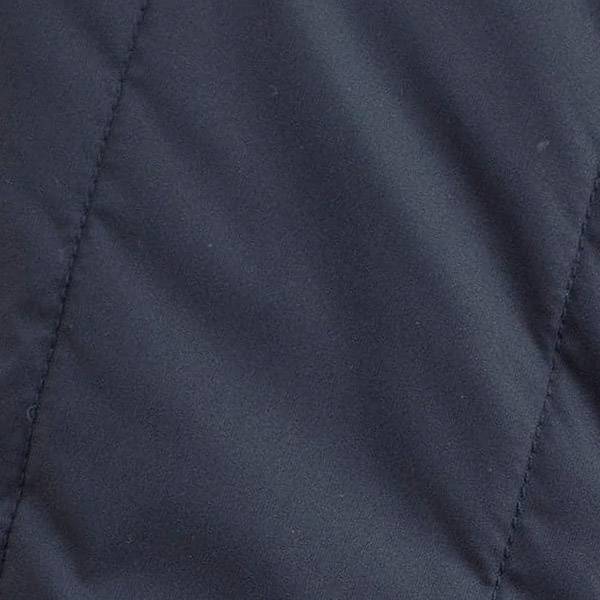

Organic Cotton
Organic cotton is farmed without the addition of fertilisers and pesticides and avoids the use of genetically modified seeds and artificial irrigation, resulting in a lower footprint than intensively farmed cotton.
Organic farms are usually smallholdings and therefore it is hard, if not impossible, for a brand to trace back to the individual farms used, so we rely on certifications such as GOTS to guarantee the provenance. These certifications guarantee the farming practices used, and additionally provide assurances around responsible use of chemicals further up the supply chain such as in dyeing and finishing, where most of the impacts in fabric production are concentrated.
While we believe organic farming to be a responsible and low impact method, our goal is to move past this to regeneratively farmed products wherever possible.
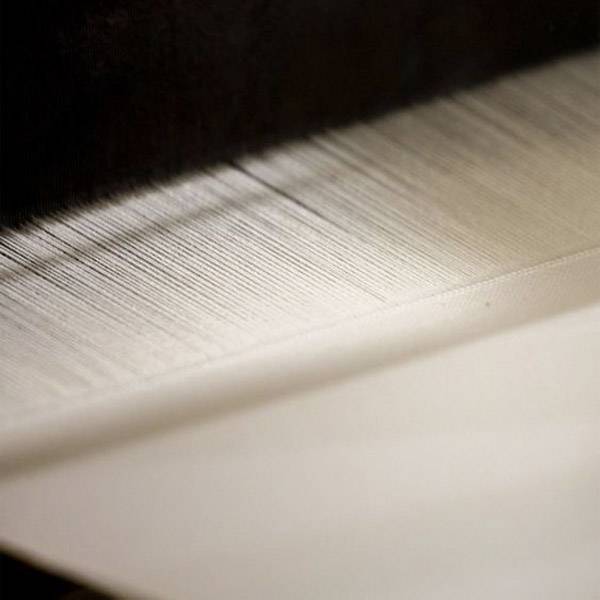
Regenerative Cotton
Regenerative cotton farming methods focus on overall land management and are credited with improving soil health, sequestering carbon, increasing biodiversity, reducing flooding and improving the well being of the farmers, among other benefits. The methods employed are designed to work in harmony with the local environment and include practices such as zero tillage, precision planting, cover crops, natural irrigation and reduced or zero use of pesticides and fertlisers.
With regenerative farming, the outcomes are measured in order to confirm the benefits to the environment and adjusted on an ongoing basis to improve conditions and yield.
We believe that this is currently the best way to farm cotton and it is our overarching goal to move all our cotton to regenerative practices in the future.
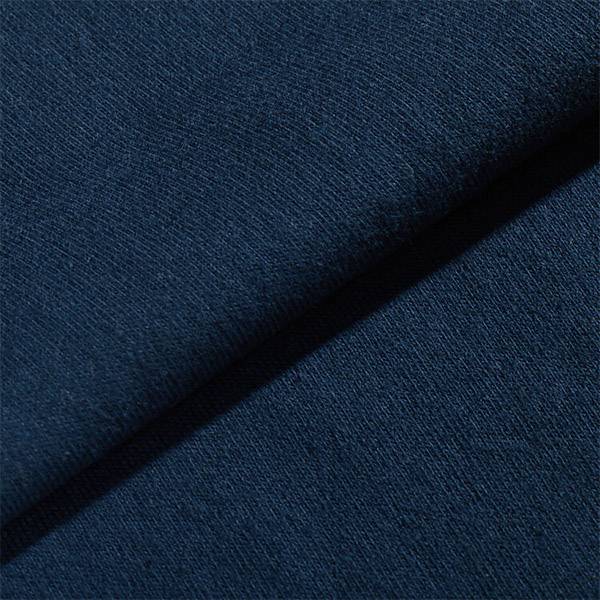
Texloop TM RCott TM
This yarn is a blend of recycled pre-consumer textile waste and organic cotton resulting in a very high quality yarn that is equivalent in quality to virgin.
The production processes employed to create this cotton have been measured and proven to result in lower carbon, water and energy impacts than a virgin grown equivalent and we should always be striving towards a reduction in use of virgin resources wherever possible.

Recycled Cotton
Recycled Cotton is made from pre consumer manufacturing waste or post consumer textile waste which greatly reduces the footprint compared to virgin grown cotton.
The quality of recycled cotton can often be lower than virgin due to the recycling process, so it is often blended with virgin cotton in order to improve the quality. But even then these blends will still result in a lower impact fabric than a 100% virgin version and we should always be striving towards a reduction in use of virgin resources wherever possible.
3%
Fibre Buy for 2022

Linen
Linen is a fibre source from the flax plant which grows without the need for pesticides, fertilisers or irrigation and employs farming practices that could be considered regenerative as they benefit the soil and surrounding environment resulting in a low footprint.
Linen fabrics tend to be hard wearing, durable and versatile and are usually blended with organic cotton to impart a soft handfeel.
All our linen is sourced from within France and Belgium where we know that best practice farming methods are employed and when blended with cotton create fabrics which are versatile, durable and low impact.

Kapok
Kapok is sourced from the seed of the Kapok tree which grows natively in South East Asia requiring no irrigation, fertilisers or pesticides. The Kapok fibres are extremely soft with a hollow core which gives them thermal properties and creates fabrics which are very soft and lightweight.
Due to the short nature of Kapok fibres it is necessary to blend them with organic cotton to create durable fabrics, and once blended the fabrics result in soft, light garments that are easy to care for.
Our mix of Kapok in the collection is very small however we believe in championing naturally beneficial and low impact fibres, however small.
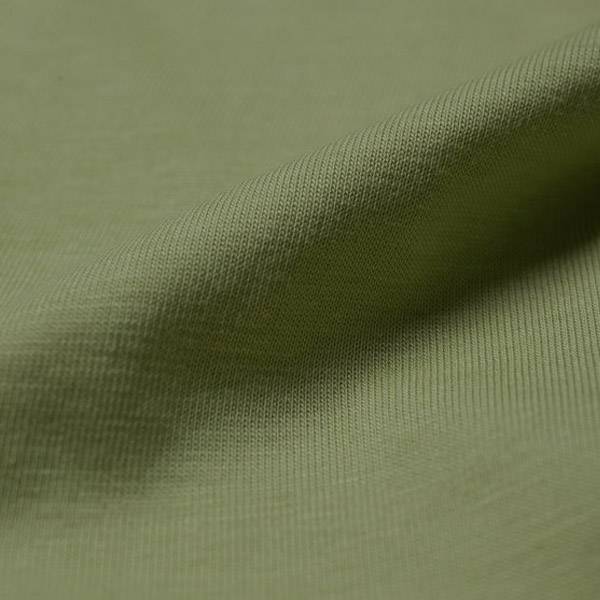
Lenzing TM Tencel TM Lyocell
Tencel TM Lyocell is a regenerated cellulosic fibre manufactured from wood pulp and produced by Lenzing in Austria. Lenzing source the wood pulp only from sustainably managed forests and the processing of the fibres are carried out in a closed loop environment with over 99% of the chemicals used recycled, resulting in a low impact fibre that is produced at scale.
Tencel TM Lyocell is soft and cool to the touch, absorbant and when blended with cotton can create durable and beautiful garments.
Technology exists that allows pre and post consumer textile waste to be recycled and turned into fibre such as Tencel TM Lyocell and it is our aim to move towards these fibres in the future.
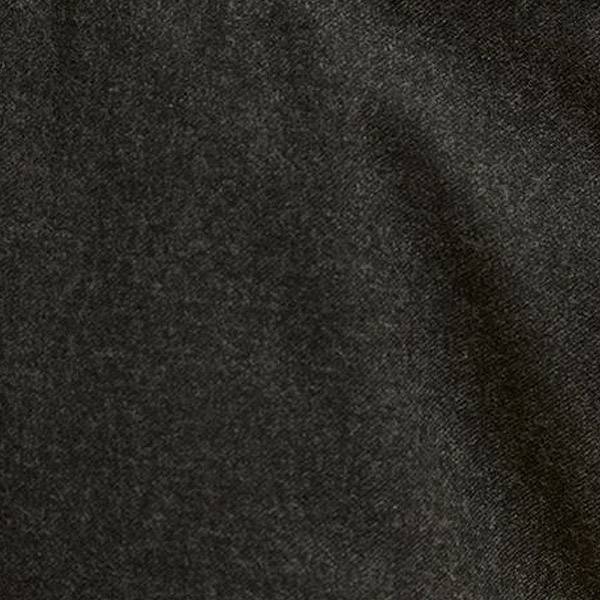
Merino Wool
Merino wool is a very fine wool fibre that results in soft, refined fabrics. The wool is usually farmed in countries such as Australia. New Zealand and South America and can result in a high impact footprint, however due to its versatile nature is used to make versatile, durable and long lasting garments which should have a lower impact per wear over their lifetime as long as they are cared for correctly.
We aim to source all our wool from RWS certified farmers and where this is not possible we source from farms that do not practice mulesing.
Wool is an extremely versatile fibre and has anti-microbial properties requiring less frequent washing and therefore a longer lifespan. We believe that natural fibres such as wool, when farmed responsibly, can be an inherently low impact solution.
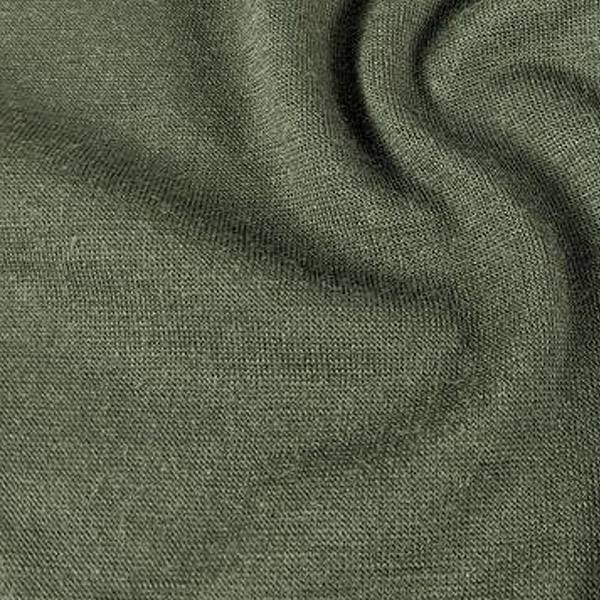
ZQ Merino
ZQ Merino is a farming standard that applies to a large number of farms in Australia and New Zealand and guantees the highest standards of animal welfare, offering traceability of our wool back to the individual farms from where it originated.
Merino wool is a very fine wool fibre that results in soft, refined fabrics and can result in a high impact footprint, however due to its versatile nature is used to make versatile, durable and long lasting garments which should have a lower impact per wear over their lifetime as long as they are cared for correctly.
ZQ Merino offers regeneratively farmed wool which uses farming practices designed to benefit the land and environment, and it is our intention to transition to this in the future.

Recycled Polyamide
We only use recycled synthetic fibres where there is no viable alternative, such as in performance outerwear and swimwear because of the durable physical properties that are present.
Recycled nylon is generally produced either from pre-consumer manufacturing waste, or post-consumer waste such as fishing nets or carpets.
Synthetic fibres can be a cause of pollution and we understand this isn't a perfect solution, and this is why we aim to keep our garments in circulation for as long as possible, in order to reduce overall demand for these fibres.
1%
Fibre Buy for 2022

Recycled Polyester
We only use recycled synthetic fibres where there is no viable alternative, such as in performance outerwear and swimwear because of the durable physical properties that are present. Recycled polyester is generally produced either from pre-consumer manufacturing waste, or post-consumer waste such as plastic bottles.
Synthetic fibres can be a cause of pollution and we understand this isn't a perfect solution, and this is why we aim to keep our garments in circulation for as long as possible, in order to reduce overall demand for these fibres.
Our fibre buy in 2022
We measure our annual fibre buy in tonnes with the predominant fibre being cotton. The remaining fibres make up 15%.
By 2025, our aim is to source all our materials as follows
Cotton
100% from regenerative or organic sources
Linen
100% sourced in EU
Wool
100% Responsible Wool Standard (RWS)
Regenerated Cellulosics
100% LenzingTM TencelTM or a recycled equivalent
Polyester and Nylon
100% recycled
Elastane
100% recycled or biodegradeable
Packaging
We choose our packaging materials as carefully as we choose our main materials. Our garments are shipped from our factories in cardboard boxes and recyclable plastic sleeves for protection. These are all collected and recycled at our warehouse in a closed loop system. When it comes to the packaging we use to send our products out to you, we're aiming to go entirely plastic free and have recently replaced our packing tape to achieve this goal.
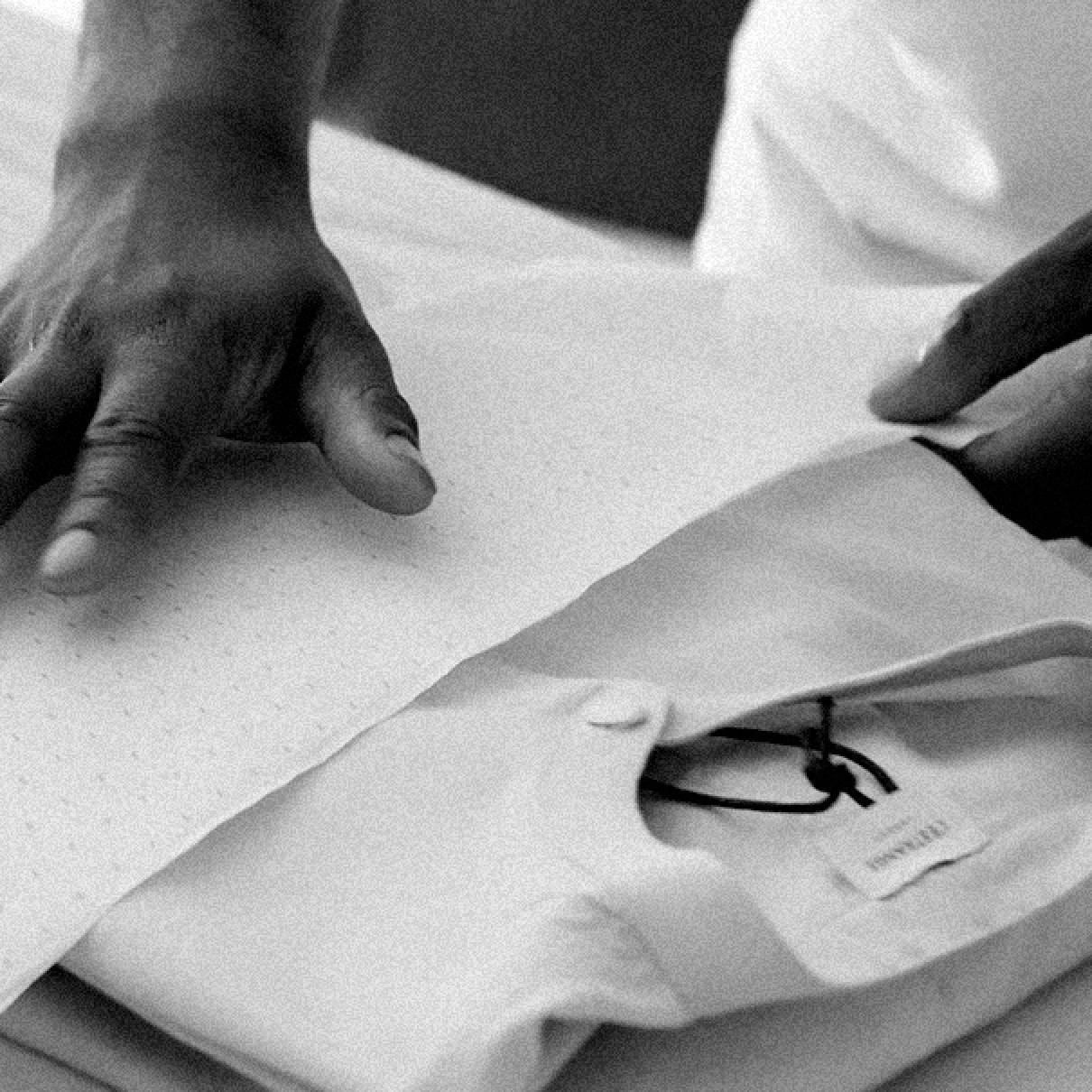

3.
Traceable supply chains
The process of turning a fibre into a finished garment involves a network of people, suppliers and facilities.
We aim to look far beyond our manufacturing locations and get full traceability for every element of every one of our products. We trace four tiers of the supply chain and have so far achieved varying degrees of visibility in each one. Where we don’t have traceability of the source, we know the country of origin as a minimum on 100% of our main fabrics.
Tier 1
Garment manufacturing
Tier 2
Fabric manufacturing
Tier 3
Yarn spinning
Tier 4
Farming and fibre production
.png?v=1691687326859&transform=resize-max=2000)
.png?v=1691687340952&transform=resize-max=2000)
.png?v=1691687361588&transform=resize-max=2000)
.png?v=1691687391969&transform=resize-max=2000)
Building a strong partnership with our garment suppliers allows us to reach optimal transparency across our supply chain. All of our garment suppliers are known to us, and we survey or visit them on an annual basis.
46%
have an environmental management system in place
33%
use renewable energy
100%
have been visited or audited by LESTRANGE or a third party
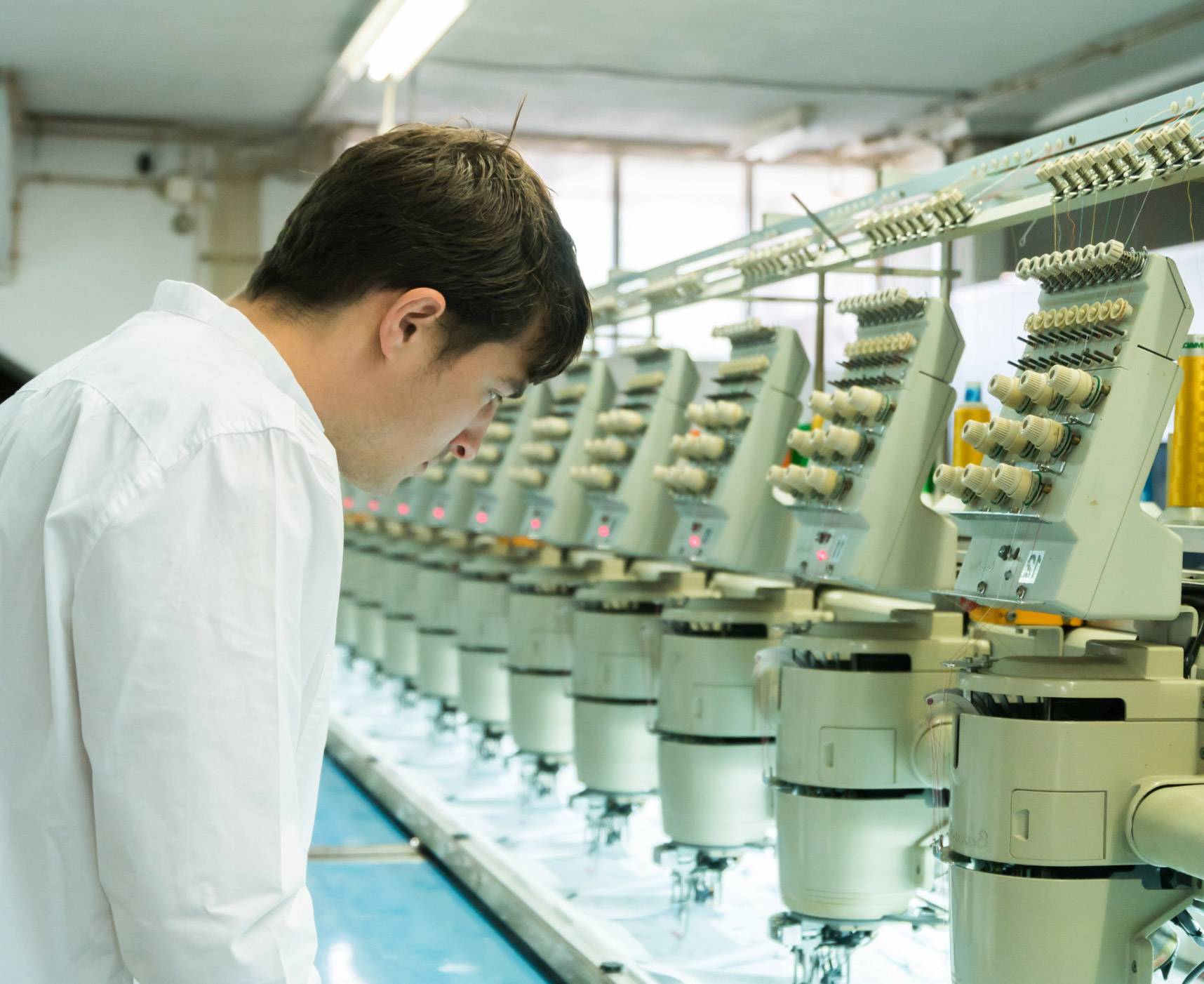

4.
Reducing our footprint
Measuring the footprint of every product
We measure the environmental footprint of every product we make from cradle to grave in order to generate our environmental impact. This goes beyond just the products we make, we also record all of our store and studio waste to ensure nothing goes to landfill and measure our packaging waste.
READ OUR METHODOLOGY HERE

Our footprint calculation
Traditional carbon footprints only look at greenhouse gas emissions, but we think it's essential to factor in other environmental impacts like water consumption and chemical use. We measure these impacts throughout the full lifecycle of the garment, from raw material extraction, through to customer use and end of life. These impacts are greatest in the materials phase, which includes fibre and fabric manufacturing, and fabric dyeing.
In 2022 our totals were:
CO2e - 691 MT
Chemistry - 524281 units
Water - 16,777,182 L
Fossil fuel depletion - 7915 MJ
.png?v=1700040248370&transform=resize-max=2000)
Carbon Neutral Clothing
We have partnered with Earthly to invest in nature based solutions to compensate for the impacts that our products have on the environment. We have balanced 100% of our carbon footprint to date.
As of 2023, we have introduced a climate checkout feature, allowing you to easily invest back into nature with each online purchase.
In partnership with Earthly
Eden Reforestation Project, Madagascar
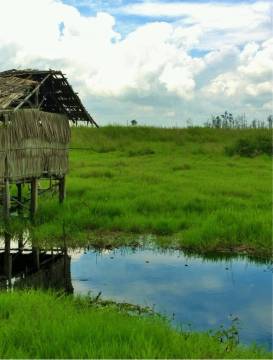
Mangrove Tree Planting
Each mangrove tree removes around 308 kg of CO2 from the atmosphere over the course of its life-cycle (approximately 25 years).
Rimba Raya, Indonesia
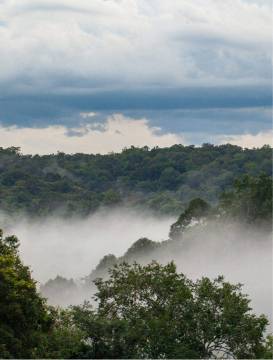
Peatland Protection
By conserving these lands, we are preventing further carbon emissions and protecting 47,000 hectares of land forming a critical buffer zone between palm oil and one of the last populations of wild orangutans on Earth.
In 2022, we're proud to have achieved the following contributions towards forest restoration and carbon removal
0 trees
Planted
0 KG/CO2e
Balanced
0 4sq/miles
Land protected
.jpg?v=1691598185360&transform=resize-max=2000)
5.
Lifecare
Solutions to extend the number of wears
We focus our innovation on extending the lifetime of our garments. Designing with quality materials and producing timeless garments that you’ll want to keep for years is the first step. Our effortless ongoing care solutions can add years to your wardrobe on top of that.
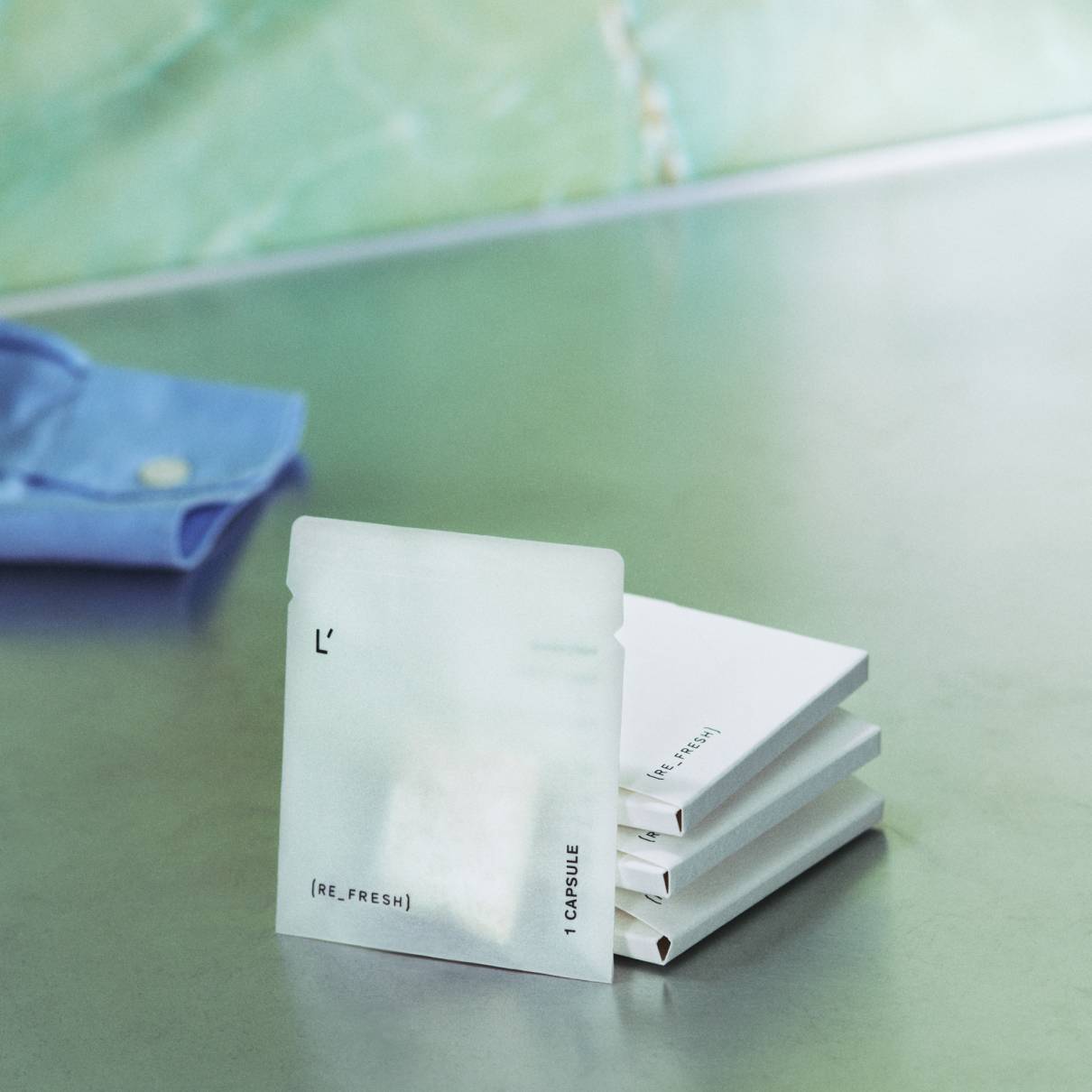
Re_Pair
FREE REPAIR SERVICE WITH EVERY PURCHASE TO EMBRACE THE UNEXPECTED
REJUVENATE CLOTHING WITH A SIMPLE WASH CYCLE
A LIFECYCLE CALCULATOR UNCOVERING THE IMPACT OF LIFECARE
Re_Pair
Even with perfect care and following the care label instructions, we understand unexpected things might happen while wearing your favourite LESTRANGE piece. Missing a button or snagged a thread? Bring it back to us within 12 months of your purchase and we’ll offer a complimentary repair service.
Through repairing a pair of our 24 trousers, we can save 15kg of CO2 through preventing the need for them to be replaced.
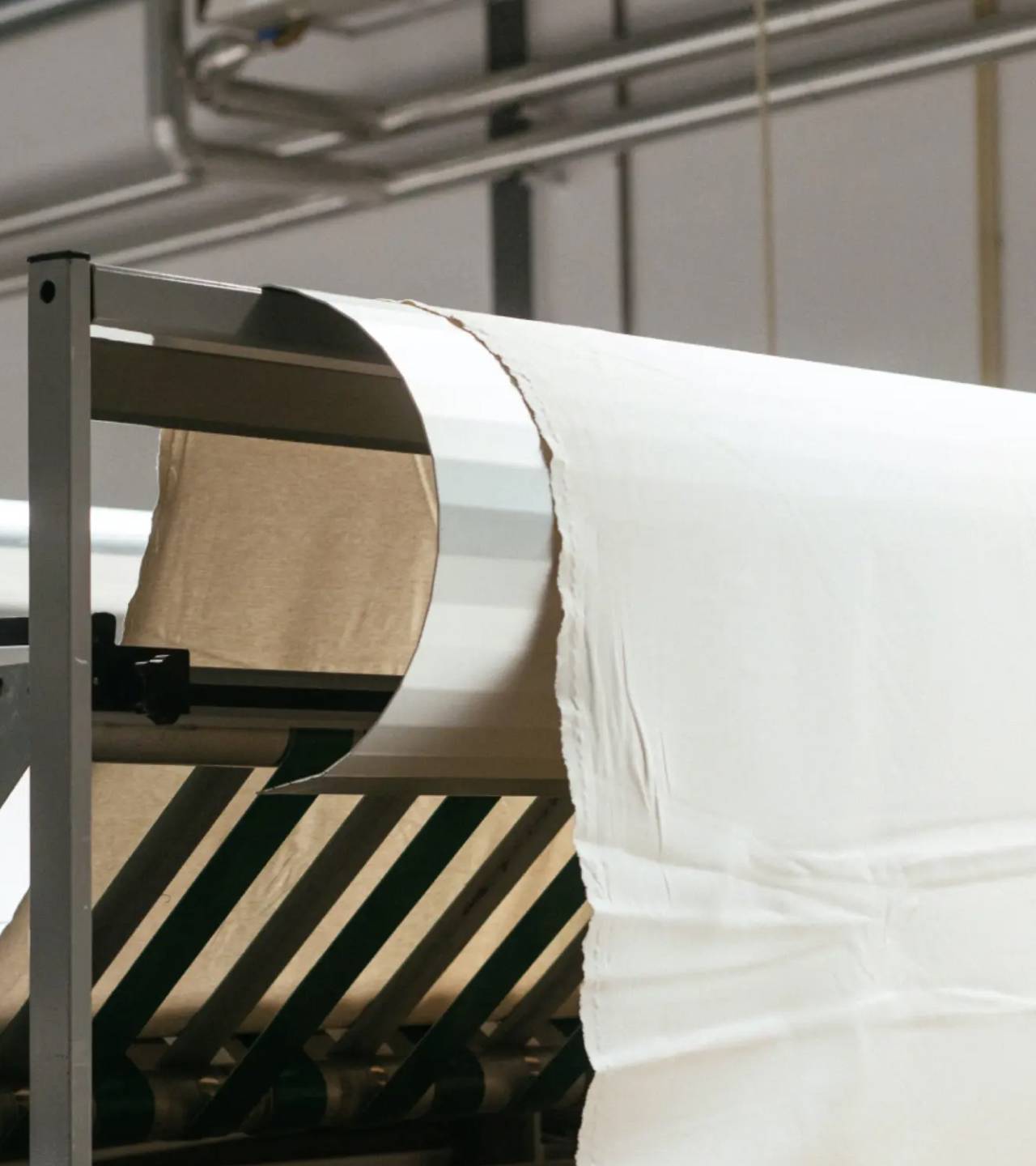
Free repairs with every purchase
Re_Count
Conscious consumption starts with understanding the impact of our purchases. This year, we’ve partnered with Vaayu to launch a lifestyle calculator that helps you become more intentional with what you add to your closet.
Follow the link below to see how your care choices and purchasing habits impact your carbon footprint.
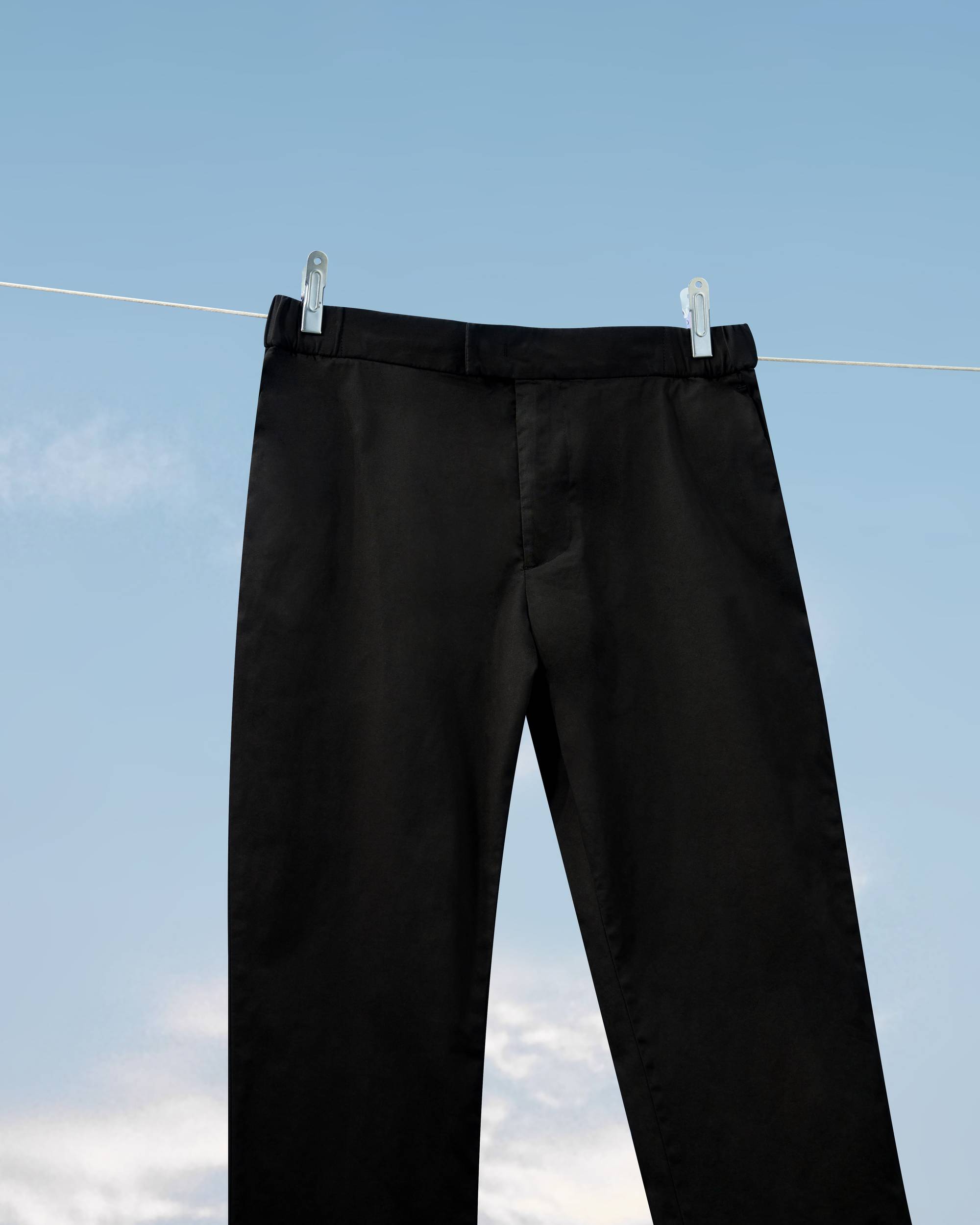
Re_Fresh
Turn back time with a single wash cycle.
A huge focus in the industry has been placed on what clothes are made of, but we really need to think about how we keep clothing being worn longer, not just about what we buy. We love products that offer a zero-compromise approach to sustainability — products that not only help the planet, but also provide a benefit to those using them.
Re_Fresh does just that, and by extending the lifetime of a tee, we can save up to 8kg of CO2 through preventing the need for it to be replaced.
Re_Fresh
01
Re_Fresh is a laundry tablet that gently exfoliates the top layer of fibres that have left behind a ‘fuzzy’ texture over time.
02
Once the top layer of fibres is removed, the vibrant fibres underneath are revealed.
03
The garment is rejuvenated and ready to be worn for several more wears.
Every Re_Freshed pair of trousers means adding two more years of wear.

6.
Closing the loop
Our aim is to keep our garments in active use for as long as possible. To do this, we have introduced several ways to provide a second (or third, or fourth!) life once its original wearer has finished with it.
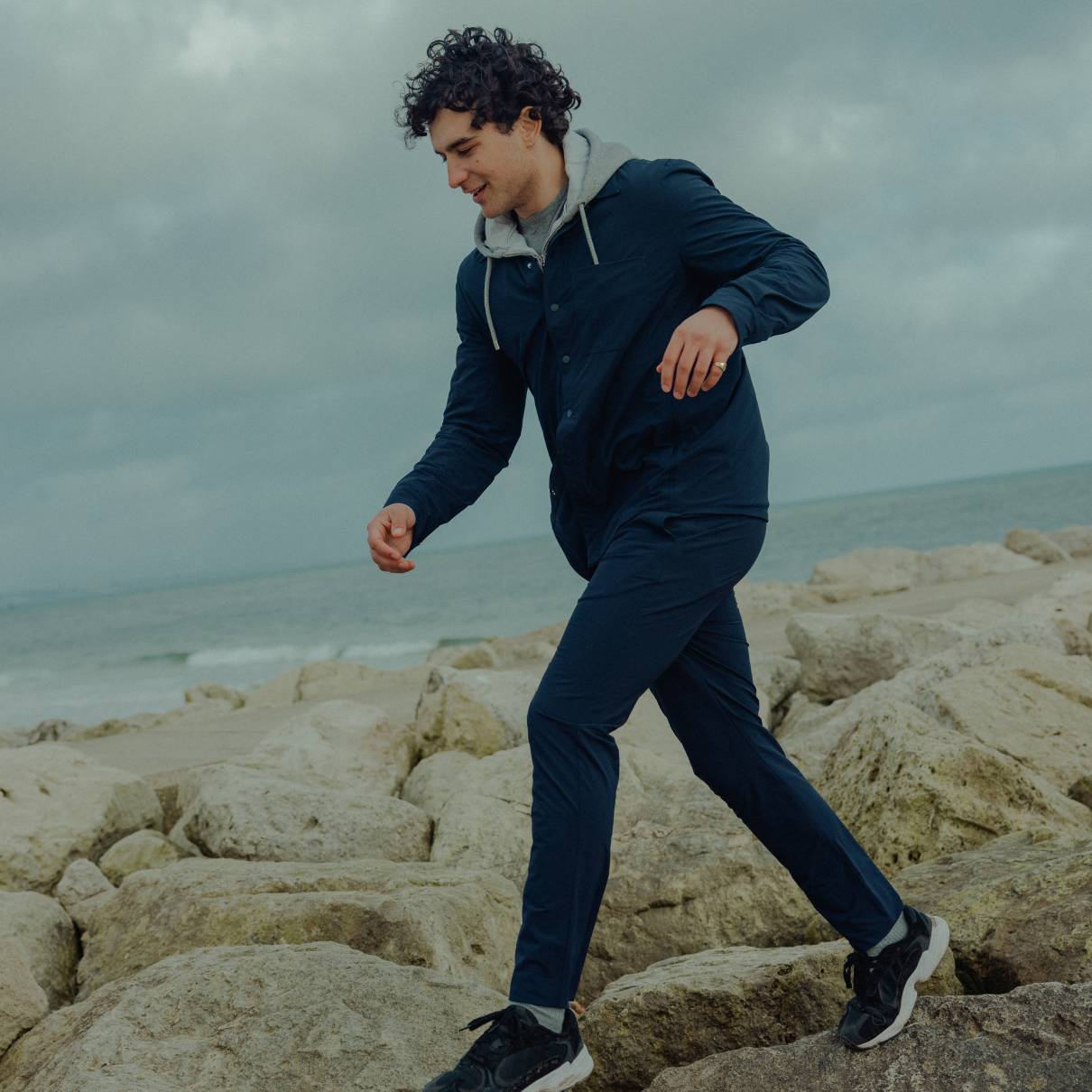
We know every garment does reach a point where it is no longer wearable.
While we'll do our best to push that point out as far into the future as possible, we're also making sure we're prepared with effective circular solutions for when it comes. That's why we're exploring partnerships with various specialist recycling schemes. We are ultimately working toward a fully circular system where we can send our garments to be processed into new fabrics, therefore creating the possibility of a garment production system that sustains itself.


.jpg?v=1691598073421&transform=resize-max=2000)
.jpg?v=1691598075044&transform=resize-max=2000)

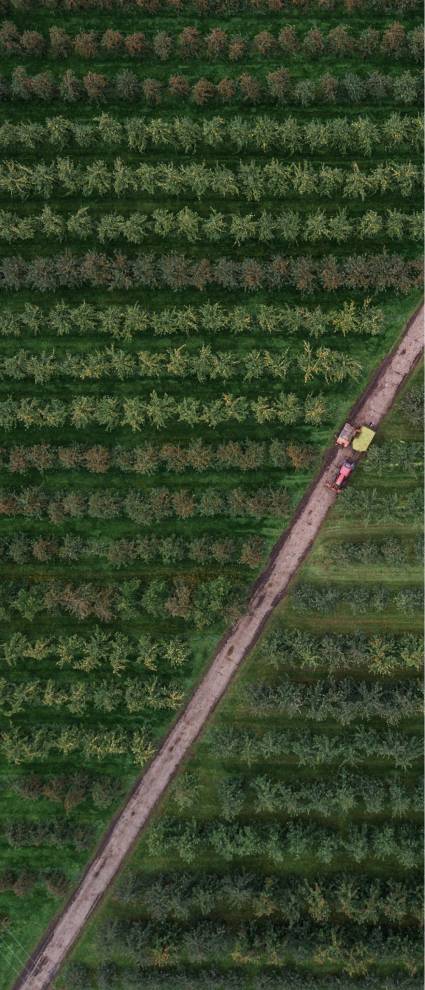
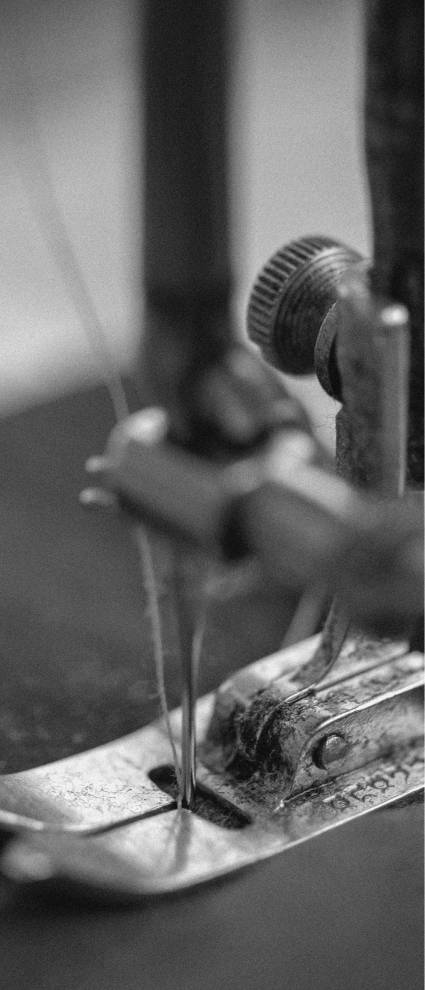

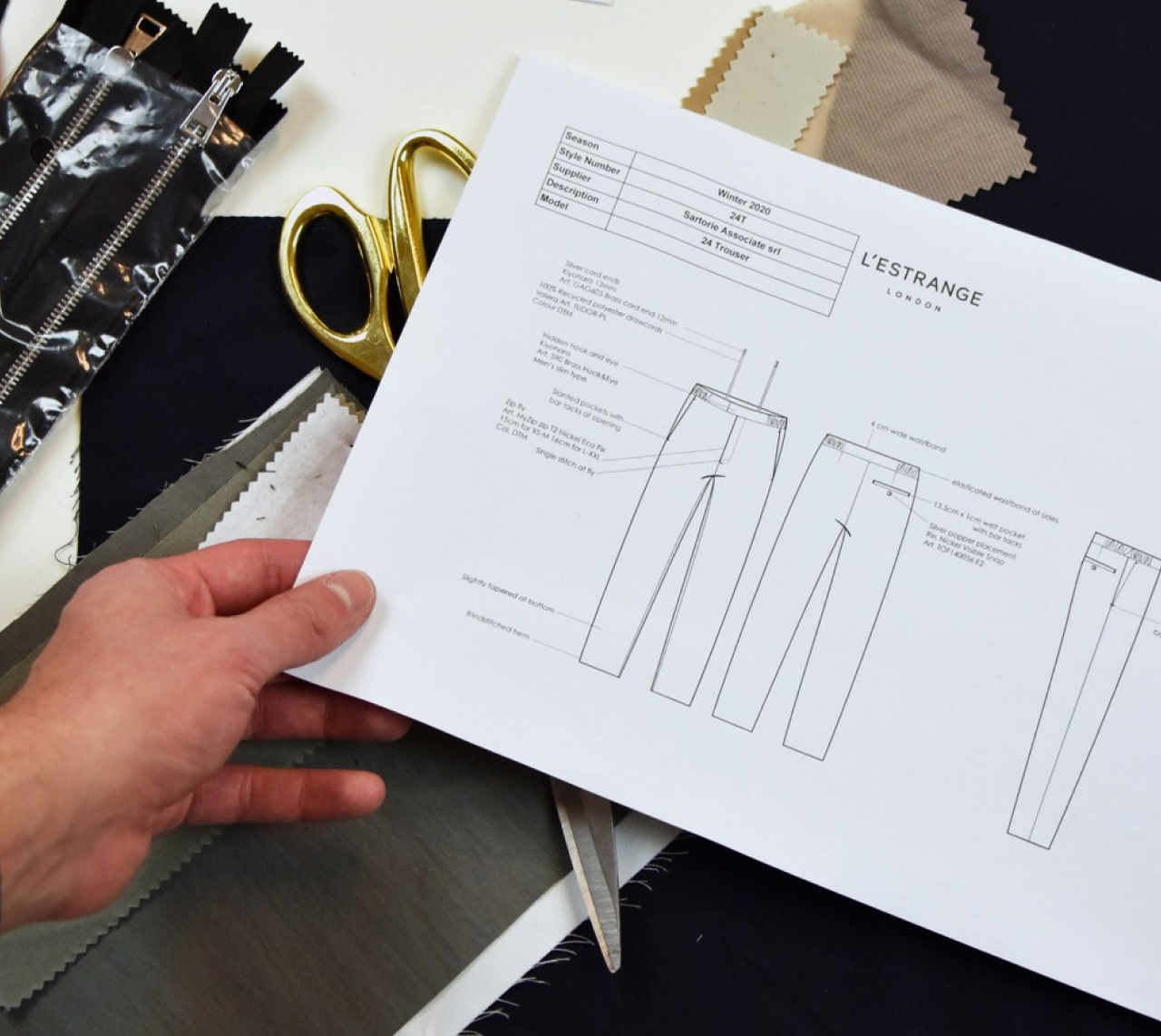


.png?v=1692093261455)






